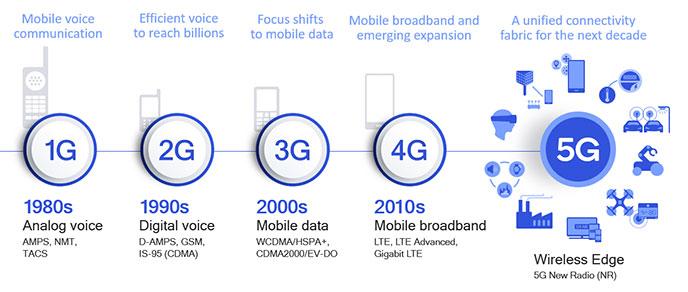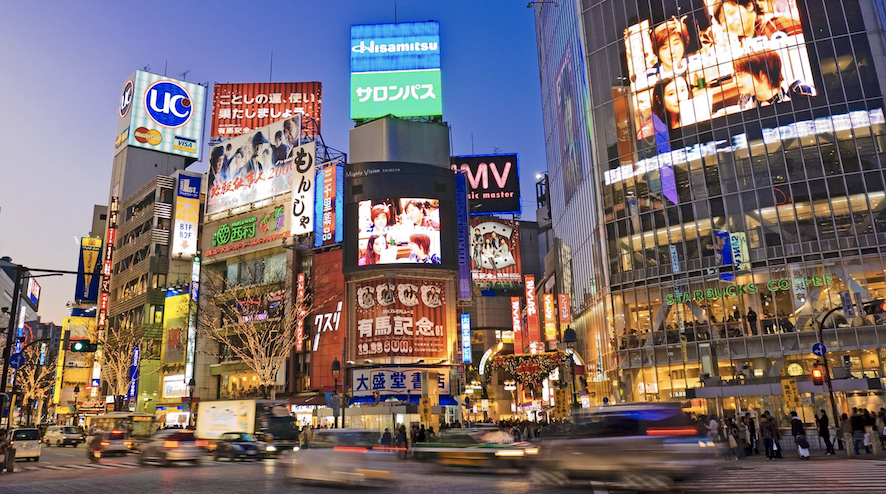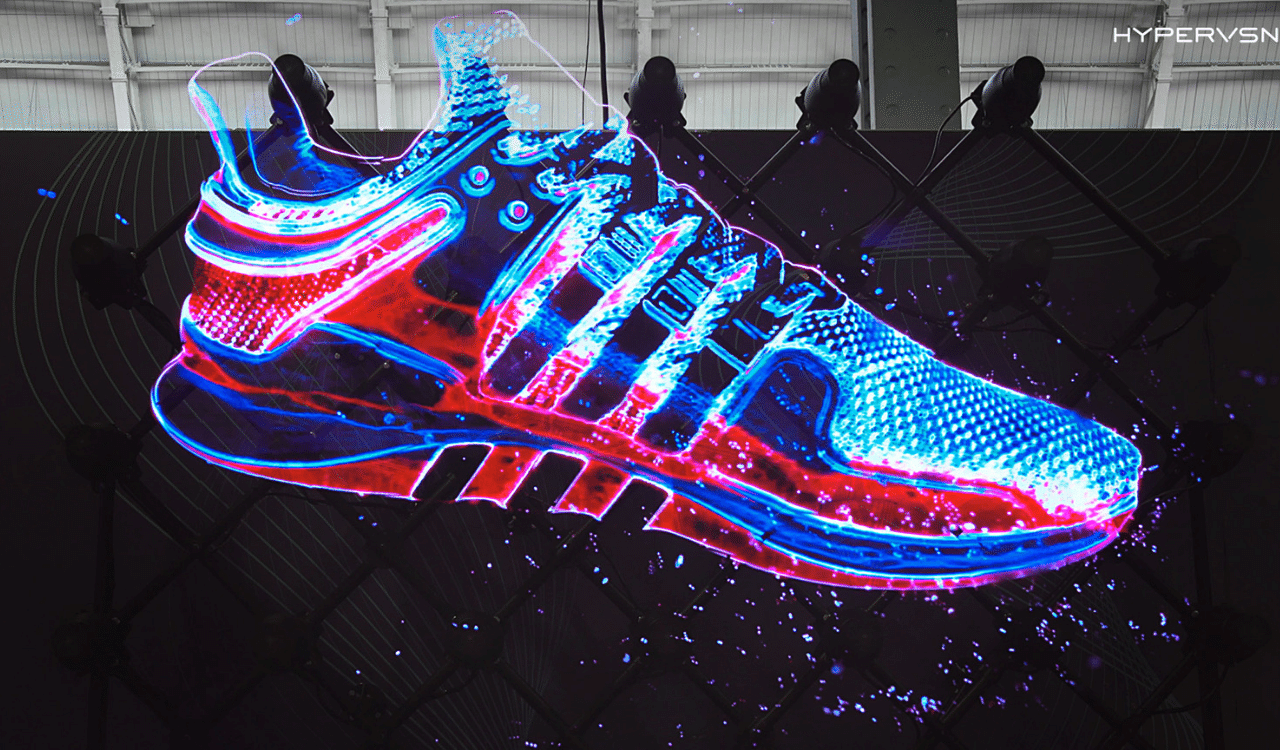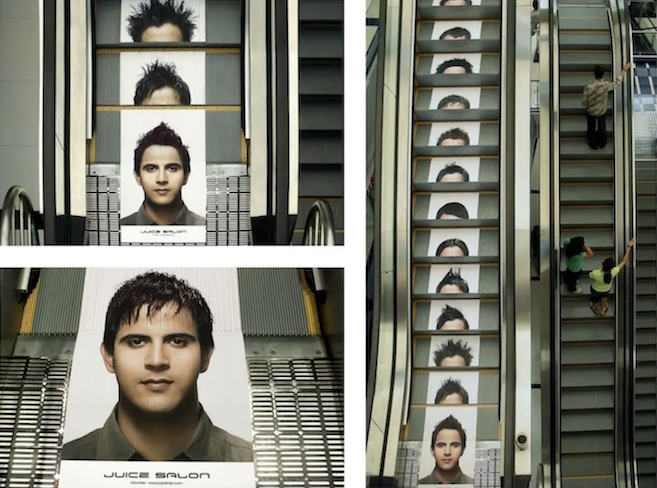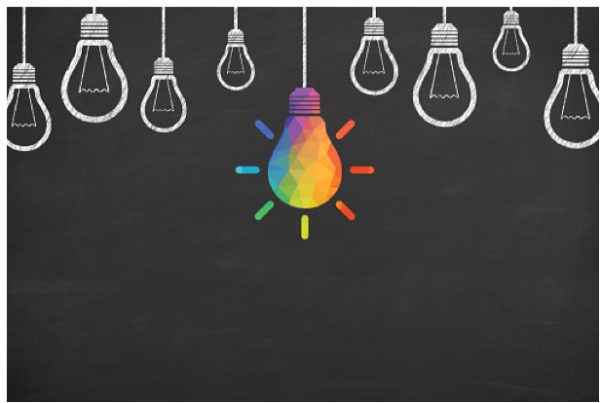The atmosphere of uncertainty that permeates our present collective experience has been causing massive disruptions in our planning and decision-making processes. With so many questions on the horizon, it may seem counter-intuitive, even downright wrong, to look to the far future. Indeed, many of us are choosing to cocoon and defer all crucial decisions until such time that things are relatively stable.
Given the state of affairs at present, this frame of mind may be understandable as it affords us some semblance of comfort. Given this, waiting it out until things stabilize could mean missing out on many unique opportunities for innovation. Technology, it is often said, typically flourishes in bleak conditions.
Examples of emerging technologies. Image source: Kibbutz
Impelled by factors such as increased competition, the need for public good, or access to new resources, advancements often grow rapidly amid constraints. Necessity gives rise to inventions and innovations in ways that times of relative abundance would find difficult. Thus, we find ourselves in the middle of a revolution, with emerging technologies poised to change the world as we know it.
Here is a look at some of the most exciting technologies driving and defining our future.
The increased availability of the fifth-generation wireless technology known as 5G, on the surface, means overall faster connectivity. However, it means so much more than a significant leap in speed. It may be recalled that 4G, the previous iteration, gave rise not only to faster data transfer but also to many services and capabilities, such as enhanced gaming and multimedia experiences. Now, with 5G promising faster downloads, greater bandwidth, and lower latency, new possibilities are also expected to be unlocked.
The Evolution of 5G. Image Source: Qualcomm
A major application is on Internet of Things (IoT). IOT, according to ZDNet, “refers to the billions of physical devices around the world that are now connected to the internet, all collecting and sharing data.”
At present, any physical object, from a light bulb to a car to industrial machinery, can be connected to this network, effectively bridging the gap between the physical and the digital worlds. This is largely thanks to the availability of inexpensive computer chips along with the ubiquity of wireless networks.
A boost in wireless technology means more sophisticated and powerful applications of the IoT. Verizon Chairman and CEO Hans Vestberg’s keynote during the Consumer Electronics Show (CES) 2021 said 5G has allowed sports fans a more immersive way to watch and engage with the NFL, thanks to the Augmented and virtual reality (AR/VR) feature in the 5G Super Stadium in the NFL app.
Some of the key IoT projects with good interest and expected to become mainstream in the coming years. Image source: IDTechEx
5G has also made possible a new way to experience historical artifacts displayed in museums across the world like the Smithsonian and the Metropolitan Museum of Art through AR/VR powered by 5G.
A report by Research and Markets, meanwhile, suggests future applications in retail, healthcare, intelligent building automation, financial institution, public safety, military, oil and gas, agriculture, and transportation.
By 2026, the 5G in IOT market will be worth as much as $272.4 billion globally, while 5G and IoT enabled smart machines will be worth some $2.9 billion by the same year, according to the same forecast.
Advertising and Marketing
These days, it may feel that advertisements have taken over every available, imaginable space. The battle for our attention, and by extension, our money and other resources, has never been as tough as it is today. Red Crow Marketing estimates that in our immediate surroundings, we encounter as many as 4,000 to 10,000 ads per day, many of which we do not even realize or recognize as advertisements.
In Japan, dubbed as one of the more mature advertising populations globally, people are confronted daily by ads on public transportation, billboards, search engines, and social media and messaging platforms, among others.
Advertisements in Shibuya, a major city in Japan. Image source: The Financial Times
This intense competition is seen to heat up further in the future, with marketers forced to become more and more creative in reaching their target demographic. The need to step up becomes even more urgent with challenges such as the difficulty of holding huge marketing events such as grand store openings, prompting the use of VR in holding hybrid events, with live 360-degree streaming and interactive elements.
3D holographic display systems like HYPERVSN, which display 3D graphics without the need for wearable equipment, alongside augmented reality eyewear, and other virtual reality devices, will also redefine how people come face to face with advertisements. While many of today’s ads are more or less tied to screens or more traditional displays such as billboards, the ads of the future are expected to go beyond such surfaces towards more immersive experiences.
Visual technology company, HYPERVSN, has worked with a number of companies and events to create immersive 3D holographic displays. Image source: HYPERVSN
A high-tech billboard which displays a life-like calico cat in Shinjuku, Japan. The use of 3D technology can be used to reimagine every available, imaginable space. Photo credit: Keisuke Tanigawa
Leveraging the power of consumer data, AI, and automation, hyper-personalized advertising will aim to target consumers with the most relevant and customized content. Simultaneously, advertisers and marketers must contend with ad blockers, which are becoming smarter and smarter in obliterating their efforts.
Guerilla marketing, which uses novel ways of reaching the target audience such as experiential marketing, ambush marketing, ambient marketing, or street marketing, may also rise in popularity in response to the need for newer strategies.
Ambient marketing is placing an ad in a very unexpected place in a very unexpected manner. Image source: Campaigns of the World
On July 17, 2021, a giant floating face about 20 meters high appeared in Tokyo’s “Yoyogi” area. Installed as a part of the Tokyo Tokyo Festival, the execution can be an inspiration for ambient marketing. Image source: SoraNews24
Sustainability and Resilience
The pandemic and developments in the climate crisis have revitalized calls for building back better, a strategy rooted in reducing the risks of disasters and shocks by ensuring resilient social systems, infrastructure, economies, and the environment.
The CES 2019 white paper “Disruptive Tech for Climate Change Resilience,” created in partnership with the World Bank and Consumer Technology Association (CTA says that previous technologies focused more on responses to crises and disasters.
However, newer technology solutions at that time had been shifting to disaster preparedness and planning instead of mere response. These solutions employed machine learning, the blockchain, drones, cloud computing, and 5G and IoT. These paved the way for the Global Tech Challenges, which incentivizes technology-based solutions focused on key development challenges such as digital health, gender divide, and climate change.
It is expected that more of these solutions will be welcomed in the coming years. Areas that are said to be “ripe for disruption,” include pricing and market strategies, capacity distribution, and how vulnerable nations seek solution providers.
Embrace change
As recent experience tells us, there is so little of the future–if anything at all–over which we have actual control. And while we cannot control the changes, we can decide how to respond to them. In terms of what technology offers, our best bet is to keep an open mind, to embrace disruption, and to welcome change as fuel and inspiration for innovation and insight.



